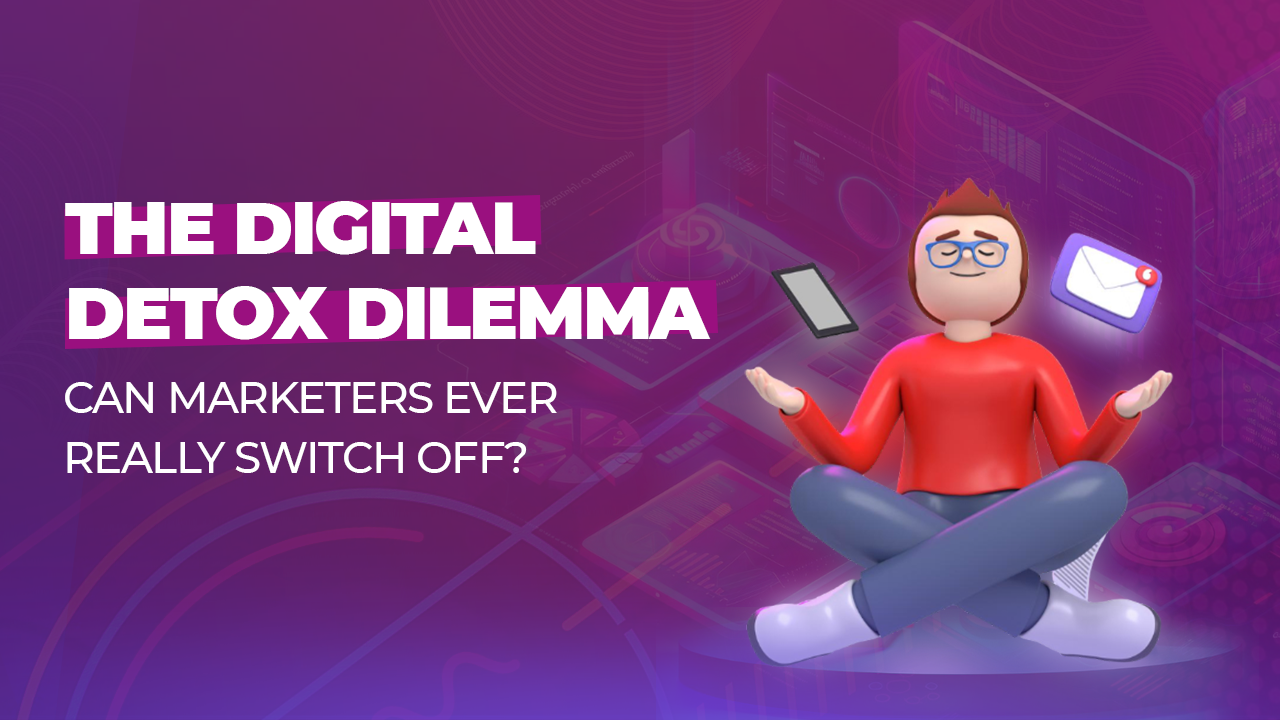 Back to Blogs
Back to Blogs
Why Every Marketer Should Understand Prompt Engineering (Yes, Really)
If you’ve ever typed “Write me a LinkedIn caption” into ChatGPT and cringed at the robotic result, you already know this truth: AI is only as smart as the prompt you give it. Think of it like briefing an intern…say “Make me something nice,” and you’ll probably get crap. But give clear, specific instructions and suddenly…you’ve got gold.
That’s where prompt engineering comes in. And before you roll your eyes – no, it’s not just for coders or tech geeks. For marketers like us, it’s becoming the difference between average AI outputs and content that actually resonates.
⇥ So, What Exactly Is Prompt Engineering?
At its simplest, prompt engineering is the art (yes, art) of writing clear, structured instructions for AI tools to generate better responses.
It’s not about long, complicated commands, it’s about being precise. Instead of:
❌ “Write me a blog on Diwali marketing.”
Try:
✅ “Write a 600-word blog for Indian small business owners on creative Diwali marketing campaigns. Keep it light, use real brand examples and end with a practical tip.”
See the difference? The second prompt doesn’t just ask, it guides.
⇥ Why Marketers Should Care?
Marketers live in the world of ideas, campaigns and content. And AI, when guided well, can:
- Brainstorm ad copy variations in minutes.
- Summarise competitor campaigns for quick insights.
- Help draft blogs, emails, or captions (that don’t sound like they were written by a robot).
- Even suggest campaign angles you might not have thought of.
But if your prompts are vague, the AI will give you the same bland, copy-paste ideas your competitors are probably getting too.
⇥ A Few Real-Life Scenarios
- Social Media: Instead of “Make me an Instagram caption,” try:
“Write a witty one-liner for an Instagram post promoting a Bangalore café’s new cold brew, aimed at Gen Z. Keep it casual and no clichés.”
- Campaign Ideas: Instead of “Suggest ad ideas,” try:
“Suggest 3 quirky ad concepts for an insurance company targeting young professionals in India. Each should balance humour with trust.”
- Market Research: Instead of “What are SEO trends?”, try:
“Summarise the top 5 SEO trends Indian e-commerce brands should care about in 2025. Keep it under 200 words.”
The difference? You’re telling AI who you are, who you’re talking to and what you want.
Don’t confuse this with writing essays for the AI. It’s more like… ordering food at a restaurant. If you just say “Get me food,” who knows what will land on your plate? But if you say “I’d like a masala dosa with less oil, extra chutney and make it quick,”- you’re probably getting exactly what you wanted.
Prompt engineering is just that…ordering right.
⇥ The Future Role of Marketers
Marketers aren’t going to become AI engineers (thankfully). But understanding how to “talk” to AI tools will be as basic as knowing how to run Facebook Ads or draft a campaign brief.
In fact, call it what you will – prompt crafting, AI briefing, or digital delegation, prompt engineering is becoming a core marketing skill.
You don’t need to be a tech wizard to master prompt engineering. You just need clarity, context and a bit of practice. The marketers who get this right won’t just save time, they’ll create content that feels more human, more relevant, and more effective.
And to be honest, it’s a lot easier than explaining to your parents what you do for a living.
💡 At Mirra Digital, we’re already experimenting with ai in marketing, not as a replacement but as an assistant. If you’re curious about how smarter prompts can achieve smarter campaigns, let’s talk!






